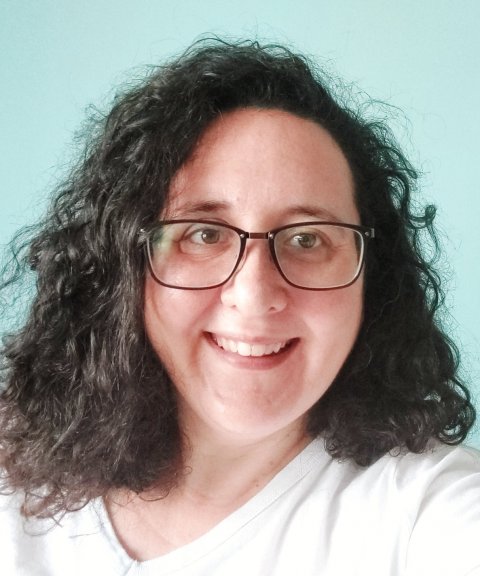
Article • Exploring the potential of IMS
Ion mobility spectrometry: Rapid results from breath analysis
Ion-mobility spectrometry (IMS) offers opportunities for rapid diagnosis and clinical decision-making due to breath analysis. As a rapid separation tool, it has clinical value in the identification and analysis of proteins, peptides, lipids, and glycans. The tool is already used as an exhaled drug monitor for anaesthetised patients.
Report: Mark Nicholls

It is flexible, portable and has use for point-of-care testing, or remotely where a patient does not need to be in a clinic, explained post-doctoral researcher Dr Raquel Cumeras.
Ion-mobility spectrometry (IMS) is an analytical technique used to separate vaporised and ionised molecules based on their mobility under the influence of an electric field and their interactions with a carrier buffer gas. As a rapid separation tool, it can be coupled with several sampling/ionisation methods, other separation techniques such as gas chromatography (GC-IMS), and various detectors, including mass spectrometry.
Cumeras, who is a Marie Curie postdoctoral fellow at the Institute of Health Research Pere Virgili (IIPSV), and affiliated to the University Rovira i Virgili (URV) at the Department of Electrical Electronic Engineering and Automation in Tarragona, Spain, explained that the mobility is related to the chemical shape. ‘What makes it even more attractive is that it works in the millisecond range,’ she added, ’making IMS perfect for analytical chemistry mass spectrometry instrumentation, where chromatography is in the second range, and mass detectors are in the microsecond range. So, IMS can be placed in between second > millisecond > microsecond.’
In addition, Cumeras said a whole new branch of applications has emerged with liquid injection now possible (liquid chromatography - LC) with the new mass spectrometry instrumentation. These can include differentiation of isomeric chemical compounds, such as breath or volatiles for GC-IMS and proteins, peptides, lipids, and glycans for the LC-IMS-MS.
Ion mobility spectrometry should be understood as a complementary tool for specific molecules
Raquel Cumeras
Over the past two decades, IMS became established for the detection of illicit drugs or chemical warfare agents, but it is becoming attractive for use in clinical laboratories due to the high speed of analysis. The main instrumentation developments have been in research labs, though this is increasingly being performed by specialised analytical chemistry start-ups or vendors. However, data processing and analysis, as well as database generation and curation, remain major fields of research. ‘Ion mobility spectrometry should be understood as a complementary tool for specific molecules,’ Cumeras explained. ‘It will help the clinical laboratory testing units to improve the analysis speed, the specificity, and maybe the cost.’
New applications
IMS has opportunities in healthcare because different IMS instrumentations exist, with each using different ways to generate the electric field, including drift tube IMS (DTIMS), field asymmetric IMS (FAIMS), traveling wave IMS (TWIMS), trapped IMS (TIMS), and differential mobility analysers (DMA). ‘FAIMS have been shown as a great option for portable in-field instrumentation (GC-IMS) while the others are mainly hyphenated to a mass spectrometer,’ she said. ‘These will lead to point-of-care application for FAIMS, like breath analysis or infection determination, while the rest are being applied to other diseases that do not need the patient to be in the office.’
A new application of IMS for pathology is also under development in several research labs. ‘Ion mobility has an exciting future, as disease specific applications are developed and most importantly, validated, she confirmed. In some areas, patients are already feeling the benefits of IMS. One available instrument, based on IMS, is the Edmon, an exhaled drug monitor of propofol, for patients receiving anaesthesia or sedation.
Profile:
Dr Raquel Cumeras is a Marie Curie postdoctoral fellow at the Institute of Health Research Pere Virgili (IIPSV), and affiliated to the University Rovira I Virgili (URV) at the Department of Electrical Electronic Engineering and Automation in Tarragona, Spain. Her research interests are in data learning for metabolomics, understood as the intersection of metabolomics, signal processing, meta-analysis, and machine learning for clinical applications.
09.12.2021











